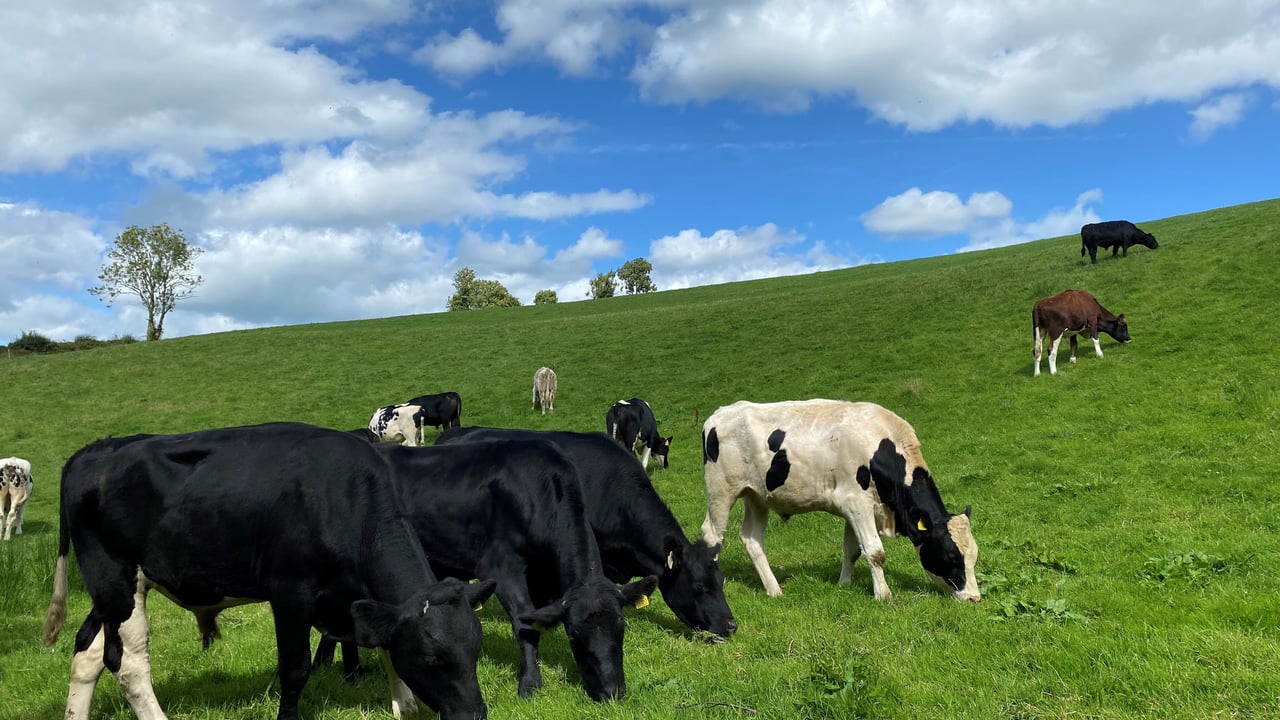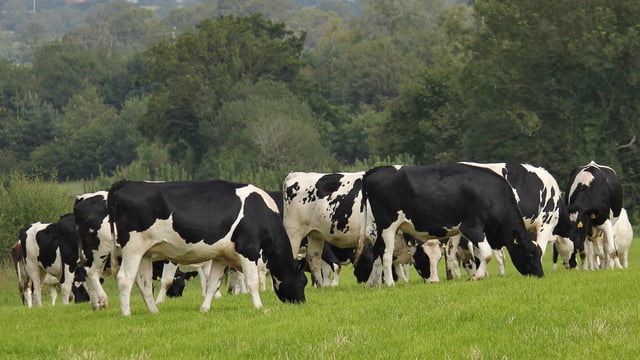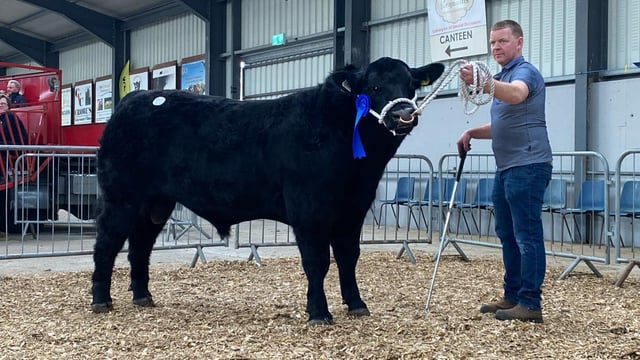Opinion: Europe's animal disease plight could be Irish opportunity
With animal disease now ravaging Europe - foot-and-mouth, bluetongue to name but two - Ireland’s opportunity beckons. Or at least that’s the theory.
Firstly, a consideration of the fundamental facts is required.
Since the New Year, foot-and-mouth disease has been confirmed in two mainland European countries, Germany and Hungary. This development alone has stifled meat exports from the EU member states in question.
In the short-term, this development should be a good news story Irish food exports.
However, the foot-and-mouth scenario has been played out against the background of bluetongue already representing an existential threat to European livestock production.
Meanwhile, recent years have seen avian influenza (bird flu) deeply impact on the output levels achieved by the poultry sectors of the UK and many countries across mainland Europe.
All of this is bad news for the countries affected. However, it represents a clear and obvious benefit for Ireland’s farming and food scenario.
This comes with one caveat - that we, on this island, remain clear of the aforementioned diseases.
But we have one remarkably clear advantage in this regard. Ireland is an island on the very western seaboard.
Moreover, we are primarily predisposed to winds and weather patterns coming in from the Atlantic ocean.
All of this means that we stand a fighting chance of keeping out new animal disease threats if we adhere to a strict animal import policy.
In practical terms this means putting an absolute stop to all live animal imports now and into the future. And, given 21st century technologies, this should be a more than achievable objective.
I am not sure about embryos, but I am certain that semen from elite international bloodlines can be brought imported with a zero disease threat.
But there is another way of looking at this. Rather than be a continual recipient of animal genetics, why not turn the issue on its head and make Ireland the animal breeding centre of Europe?
Poultry is the obvious starting point in this regard. We already have the production and breeding expertise to make this happen.
And the same argument can be made for dairy and beef production. There is no reason why all of Europe’s main companies could not have their bull studs located in Ireland?
Making this happen would simply require an indication from the Irish government that Ireland is open for business, where these matters are concerned.
The amount of inward investment to follow would be more than significant.
And, of course, having Ireland at the nerve centre of Europe’s animal breeding and genetics operations would be a tremendous endorsement for the quality of our indigenous meat and dairy exports.





